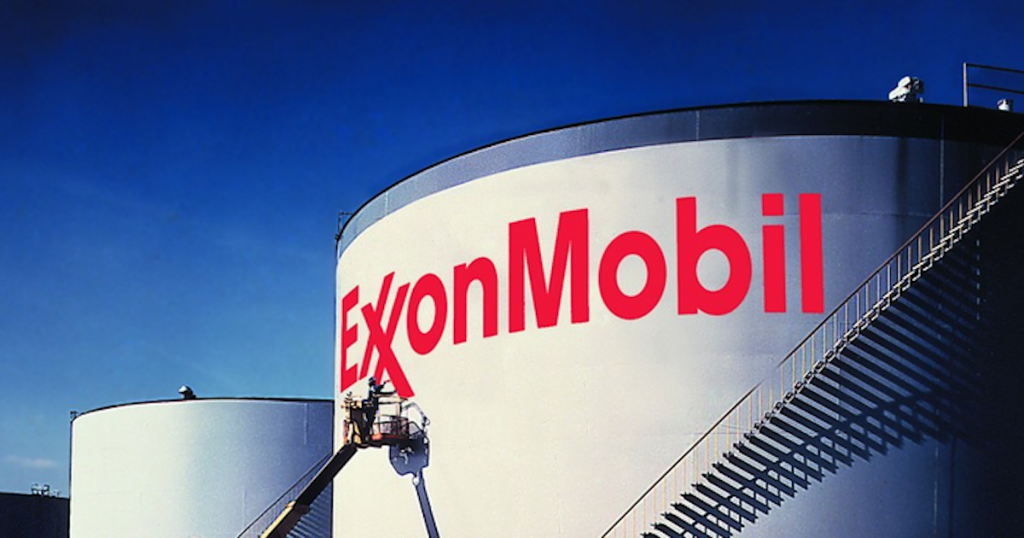If you’re here reading the startup stories we cover, the question has probably crossed your mind before.
Maybe you’re scrolling through news about a company’s latest funding, and you’re intrigued to realise how far they’ve continued raising beyond the typical series A, B, C and even D rounds.
Or perhaps a company has announced plans to invest millions into a new product or market. Chances are, they didn’t stop at just reinvesting their earnings, but are also digging into war chests from investors to help them reach heftier growth pursuits.
Beyond optimistic statements that the company is ‘growing’, it’s never certain if these huge amounts of money spent (towards user conversion, product development, expansion, or even acquiring other startups) will even result in profits, or just add on to stacking losses.
More often than not, these well known firms have been operating for five to ten years and are still nowhere near to turning in a profit. Shouldn’t that trigger warning signs?
It only seems logical to question whether the prolonged unprofitability indicates that a business is eventually going nowhere. Yet somehow, investors still seem confident to keep pumping more funds their way indefinitely. Why?
Everyone Quotes Amazon, But They Shouldn’t

Whenever we look up this topic, one company is consistently cited everywhere — Amazon. Besides dominating the global ecommerce space, the behemoth company is also known for reaping great success after years of loss-making.
Amazon went public in 1997 as a three-year-old, money-losing company. Then it continued to make losses for years, even post-IPO, as it focused on growth.
Its first profitable year finally came at the end of 2003, when the firm was already reaching a full decade in business.
Catching up to current day, Amazon has earned a net income between US$2.1 billion and US$3.5 billion each quarter for the past year, and is now valued at almost US$1 trillion.
Needless to say, Amazon had an effect on the way things are now. Jeff Bezos was able to compel investors with powerful vision and storytelling instead of impressive profits, and now this approach has become the norm.

Other large companies like Uber and WeWork hope to pull it off too. But Amazon’s success isn’t universal proof that it will work for everyone.
For one thing, Amazon’s losses actually pale in comparison to today’s contenders. While Amazon lost US$2.8 billion over its first 17 quarters (4.25 years) as a public company, Uber lost roughly the same amount in 2015 alone.
Another factor to note is that Amazon was easily able to expand from initially selling books, to selling everything under the sun, with the same infrastructure that was already in place. Not every business has such favourable conditions that make scaling up so simple and effective.
What About Singapore Startups?

Closer to home, prominent startups in Singapore also seem to keep profits low on their list of priorities.
Classifieds marketplace Carousell only started monetising its service about two and a half years ago after building up an enormous user base. In 2018, it made US$7 million in revenue, but ended the year with a net loss of US$25 million.
The company, which hits its eighth year in 2020, recently became Singapore’s newest unicorn after its merger with Telenor-owned 701Search. The deal raised Carousell’s valuation to US$850 million (S$1.16 billion), yet it will still be unprofitable.
While boasting its status as the “only US-listed Southeast Asian internet company”, 11-year-old Sea Group made a net loss of over US$944 million in 2018.
When Sea aimed to raise US$1.5 billion last year, its purpose was to invest in its popular ecommerce platform Shopee. Shopee is growing rapidly, with a huge climb in its adjusted revenue from US$17.7 million in 2017 to US$290 million in 2018.

However, Grab is one company that actually talks about moving its finances out of the reds. Its co-founder and CEO Anthony Tan told CNBC that the eight-year-old business is currently profitable in some markets, and is aiming to achieve the same in more markets in 2020.
Unlike many firms these days that don’t mind gunning for an IPO while still losing money, Grab’s plan is to get the entire company profitable before going public.
Success Is Measured By Market Share First
On the surface, it looks absurd that investors keep funding unprofitable startups. But one major reason seems to be that companies and VCs now prioritise growth first.
That doesn’t mean pursuing growth replaces the need for a business to make money, although it might look like this because of how long companies take. Instead, it’s about building a stronger foundation to immensely increase future rewards.
By spending lots of money on user acquisition, improving products and services, and expanding into new markets now, companies hope to win the most market share among competitors in their category.
Becoming the dominant player gives a company huge advantages, and ensures they gets the largest slice of earnings eventually.
Based on that, investors wouldn’t mind that a startup burns crazy amounts of money. As long as they see the firm gaining good traction and high revenue, it points in the right direction.

When we approached Willson Cuaca, Managing Partner of East Ventures, for his thoughts, he shared that “growth, traction, market share and unit economics” are the factors he puts into consideration to fund a startup.
“Each startup has their own strategy to achieve a certain level of dominance in their category, and their own timeline for a path to profitability,” he says.
Cuaca explains it is important for a business to build ‘value proportion’ in order to create a high barrier to entry for its competitors. Because this requires capital and time, that’s why it takes years and multiple rounds of fundraising, he says.
He doesn’t believe there’s such a thing as being unprofitable for ‘too long’, provided that investors are constantly discussing strategies with startup founders.
Following this school of thought, some would even argue that a company stagnates when it decides to favour increasing profit margins over reinvesting in new developments.
VCs Can Make Money Even From Unprofitable Startups
Another possible reason why investors keep funding unprofitable startups, is that they can still make money this way.
The most traditional way investors earn money is when they hold shares in a profitable company, and the company regularly distributes dividends to them.
However, there are other methods for investors to get their payouts that don’t even require the company to be profitable.

This could be through an exit strategy, when a company gets acquired by a bigger player.
For example, an investor could invest $1 million for a 5% stake in a startup, valuing it at $20 million. Five years down the road, if the startup is then acquired for $200 million, the investor receives $10 million (5%), making 10 times what they invested.
In that five years, the bigger company was probably willing to buy the startup at such a high price because it had grown into a trusted brand with valuable intellectual property (IP) or gained a huge user base — not because they’re profitable.
Another method is when most unicorns aim to go public, and investors get to cash in on the sale of their stocks.
Even for an unprofitable startup, it’s possible to command a high IPO price with a compelling story, or because they have a gigantic valuation (which was ultimately created by investors in the first place).
Just look at how Uber lost US$1.8 billion in 2018, but was still able to go public at a stock valuation of US$82 billion in May 2019.
The Trend Stays, But Caution Is Growing
Whether this is a good thing is up to individual opinion, but like it or not, the mindset of putting profitability in the backseat will probably be the norm among startups and unicorns for some time.
That said, the trend of insanely high valuations seems to be slowly falling apart. 2019 saw many startup valuations being slashed at IPO stage, and companies trading at the lower end of their proposed offering prices.
The overwhelming lack of profitable companies entering the IPO market these few years is starting to raise some skepticism.
Perhaps investors may grow more cautious and start scrutinising companies’ fundamentals and governance more heavily than just strong brand marketing in the coming years.
Featured Image Credit: OneBox Funding










